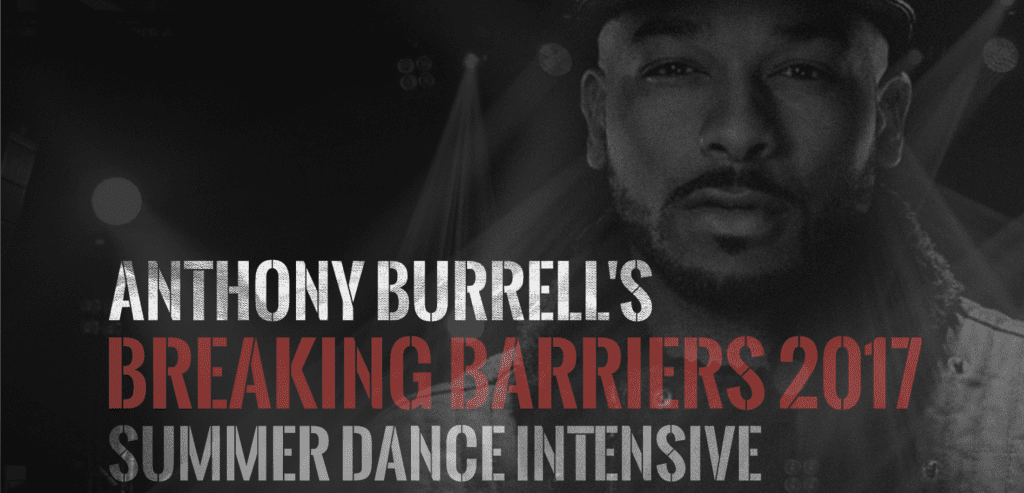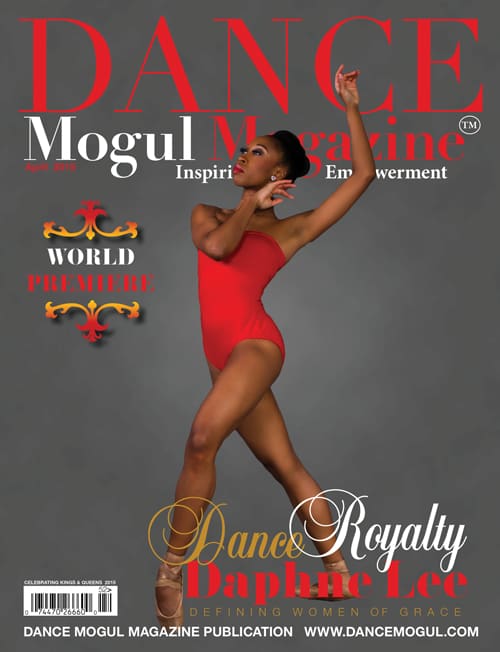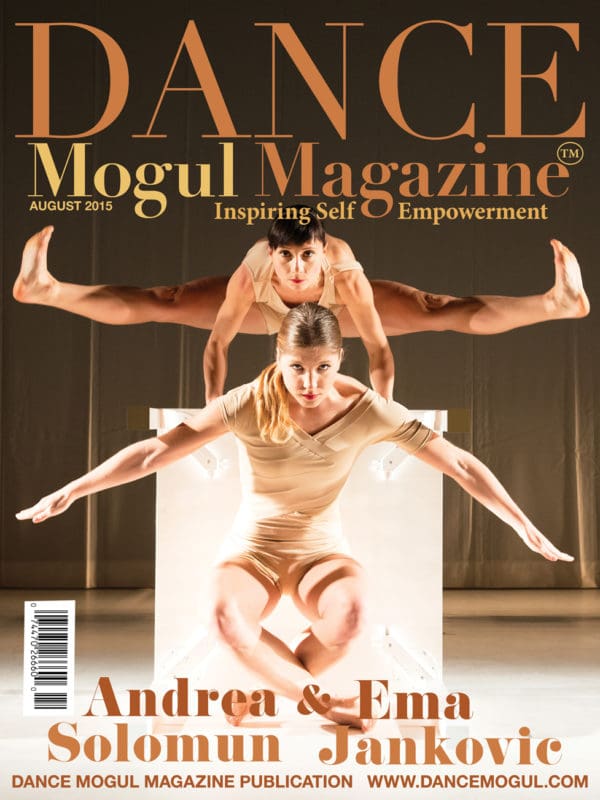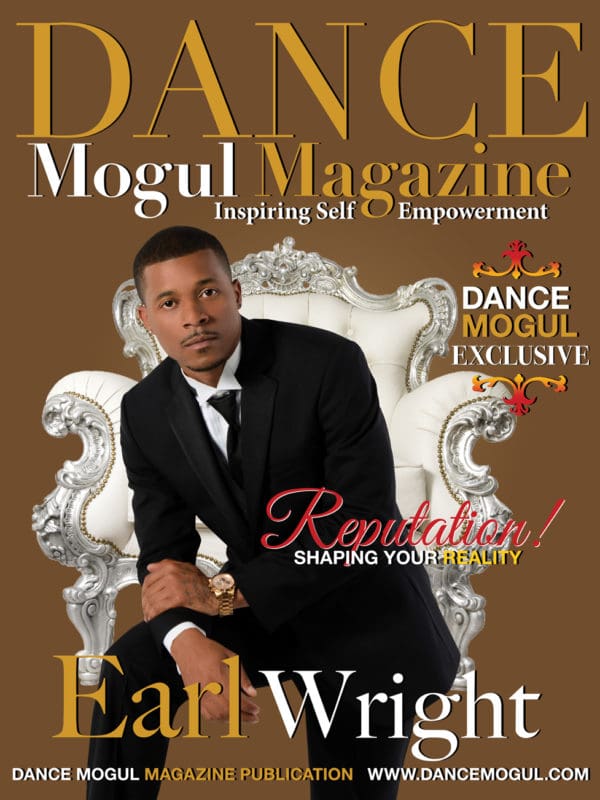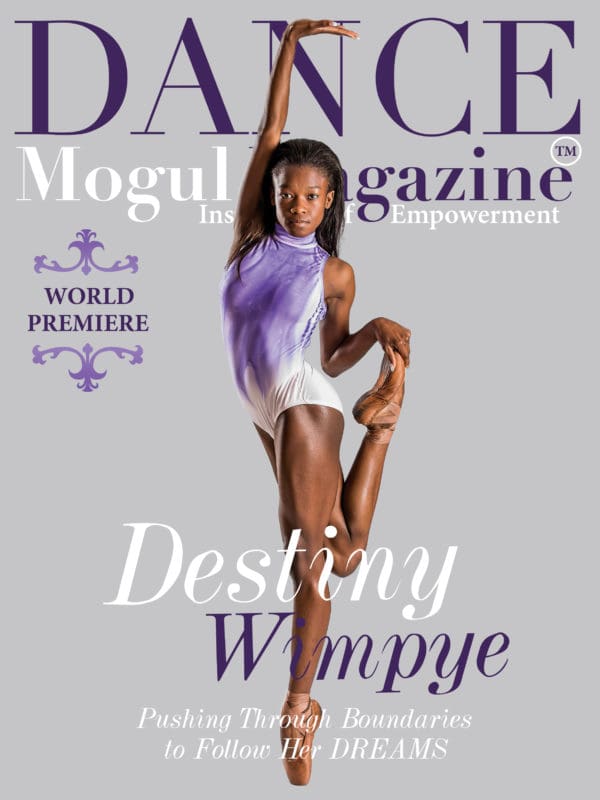Looking Back and Paying It Forward:
The importance of Acknowledging Dancers Who’ve Come Before
you and of Giving Back to Those to Come By Shate’ L. Edwards
 Just like other art forms, dance is ever-evolving. There will always be what was, what is, and what’s to come. Take dance forms within Hip-Hop culture, for example. Street styles within the culture began in the late 70’s and early 80’s with breaking from crews like Rock Steady Crew and funk styles from crews like the Lockers. While those styles still exist, dance forms within the culture have evolved to include styles like Krumping, Flexing, Jookin’, and much more.
Just like other art forms, dance is ever-evolving. There will always be what was, what is, and what’s to come. Take dance forms within Hip-Hop culture, for example. Street styles within the culture began in the late 70’s and early 80’s with breaking from crews like Rock Steady Crew and funk styles from crews like the Lockers. While those styles still exist, dance forms within the culture have evolved to include styles like Krumping, Flexing, Jookin’, and much more.
Or let’s take a look at modern dance. Movement aesthetics that began with pioneers like Martha Graham or Denishawn, branched off into a range of new techniques from Horton to Limon to Dunham (just to name a few), which then evolved into post-modern aesthetics, and so on. Again, while traditional modern dance techniques are still practiced today, the movement has evolved into what’s commonly referred to as contemporary, which we all know to be a fusion of styles or basically anything the choreographer or mover would like it to be. That’s where we are in our culture today. We’re at the point where anything goes.
The great news is that “anything goes” is the essence of art making. It’s subjective and open for interpretation. After all, one of the perks of being an art maker is that your work doesn’t necessarily need to make sense to anyone except you. Although it’s appealing to merge styles or art forms to create something of your own, the truth of the matter is that just about everything being “created” these days can be traced back to an earlier influence.
Having an aesthetic or body of work that’s the result of an earlier influence isn’t a bad thing either. It’s not something at which we should turn up our noses. Work is actually much stronger when it’s grounded in history and truth. Not only that but drawing from past influences also helps us keep the art form alive and thriving.
In fact, think about the dancers or choreographers who you respect and admire most? Aside from their talent, might one of the reasons they appeal to you be because of their history in the dance field? And if they have a proven history within the community, they’re probably also doing their part to give back to the next generation in some way as well…right?
There’s a quote that reads: “We all stand on the shoulders of those who have come before us. And those who come after us will stand upon our shoulders.” Because we’re ever-evolving, we’re always right in the middle of where we once were and where we’ve yet to go. We’re in the perfect place to look back at how far we’ve come while also paying it forward to those who will follow in our footsteps.
With that, here are three simple ways you can look back and pay it forward in your own dance life.
Know the History
Being an expert is about more than just your talent. If you’re serious about your work in any industry, you’ll do more than just develop skills. You’ll also invest in knowing the history of your craft or trade.
Fashion designers know styles and trends from decades ago. Interior designers know architecture and design aesthetics from over a century ago. So you see, true experts in a given industry know exactly who came before them and how they contributed to their field.
Dance is no exception.
We must also acknowledge those who’ve contributed to the advancement of our art form. And it’s okay if you’ve never been in a position to learn dance history in a class setting or otherwise. In that case, you can do the research on your own by asking someone you admire or by searching the internet for reliable sources. The more you know, the more you’ll grow.
Give Credit Where It’s Due
Giving credit to those who’ve influenced your work is key for one very simple yet incredibly important reason: It preserves the history and passes it on. Before we get into how you can credit your influencers, let’s first address the fact that this step feeds off the previous one. You can only give credit if you’re informed about what you’re doing and who did it first. So, if you’re looking for a quick workaround for that one, there isn’t one. You’ve just got to remain immersed in the community and position yourself as a life-long learner, like the rest of us.
Back to giving credit where it’s due. We’ve discussed why now let’s address how. Crediting your influencers can be as easy as citing a credit in the description of your video, in your program, or even before you teach the movement in class or rehearsal. The point is to acknowledge that what you’re doing may not have begun with you and that you’re standing on the shoulders of those who came before you.
Teach What You Know
As you continue to do your research and acknowledge those who’ve paved the way, it’s also important to begin leaving your mark on the dance community as well. You can pay it forward by teaching what you’ve learned. To teach, you don’t necessarily need to be the head of a formal class. Teaching is just sharing what you know. In fact, we all teach and lead by the way we live our lives. You teach by what you share on social media. You teach by the conversations you have with other dancers, and you also teach when you give credit where’s it due.
By crediting pioneers, you’re also helping others to learn who they are and what they’ve done. By sharing who’s influenced your work, your showing others what the forerunners have contributed, and you’re also teaching others to do the same. By doing your part, you’re empowering your peers and newcomers to do their part too.
So, the moral of the story is that we didn’t get here alone. We stand on the shoulders of countless dancers who were fearless enough to leave a part of themselves for us to witness. Their contributions have helped shaped dance as it is, and they show us how to make our own contributions to the generation of dancers who’ll follow.
About the Author
Shate‘ L. Edwards is a dance artist, educator, and entrepreneur. In addition to choreographing productions and teaching classes both domestically and abroad, she also educates dancers about creating sustainable careers through her personal development company, The Working Dancer. For free career resources, visit: www.theworkingdancer.com
>>>>>>>>>>>>>>>>>>>>>>>>>>>>>>>>>>>>>>>>>>>>>>>>>>>>>>>>>>


